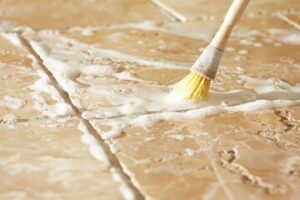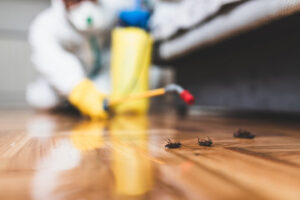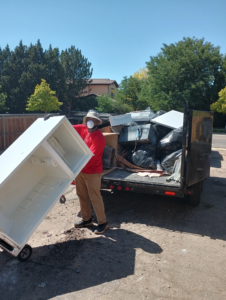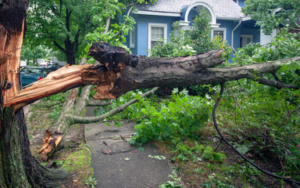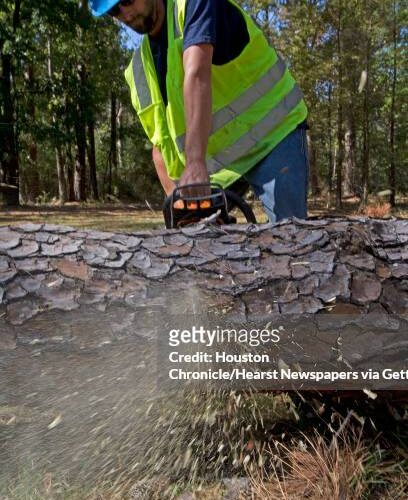Over the years, there have been many theories about what happened to Natalie Wood. The actress, who was best known for her starring roles in classic movies like Rebel Without a Cause and West Side Story, died mysteriously on the night of November 28, 1981.

Her body was found floating a mile away from the yacht Splendour, and a small dinghy was beached nearby. In 2011, sheriff’s officials reopened the investigation and reclassified her death from accidental drowning to undetermined factors. Explore more about Who Killed Natalie Wood in the sections below.
For generations, Natalie Wood was an icon of Hollywood glamour. Her work in films like “Ladies of the Lake” and “Acapulco Hombre” gave her an enviable reputation for playing tough, sexy women who could hold their own against men. In real life, she was not much different from the rest of us; she had her ups and downs, including a troubled marriage to actor Robert Wagner.
When she went missing on Thanksgiving weekend of 1981, many wondered what really happened to the actress. She and co-star Christopher Walken were aboard the couple’s yacht, Splendour, anchored off California’s Catalina Island.
Wood had been drinking heavily with her companions, according to reports at the time. After dinner at Doug’s Harbour Reef, a local restaurant, the group staggered back to their yacht. But hours later, Wagner discovered that Wood was gone. Her body was found floating about a mile away from the boat. An autopsy showed she had bruises and high blood alcohol levels. The medical examiner ruled her death an accident.
The case remained closed until 2011, when it was reopened after a 2009 book by Davern, who claimed that he was the captain of the yacht and heard from witnesses that Wood and Wagner had argued during their last moments together. The police investigation revealed a series of inconsistencies that did not jibe with the original story.
It is unclear whether the new information will change the final outcome of the investigation. The DA has said that she does not believe it is in the public’s interest to charge Wagner, who is 90 years old and has no criminal history. She also believes that a trial would be difficult because of the amount of time that has passed since Wood’s death.
The new book’s authors analyze a manipulated official report and expose evidence from the crime scene, including never-before-seen photographs. They conclude that the original story of Wood’s death was likely a cover-up by people close to the investigation. They also reveal that Wagner’s actions and statements after the death are consistent with a conscious knowledge of guilt.
Christopher Walken
Natalie Wood, the actress who starred in classics like Rebel Without a Cause and West Side Story, died tragically in 1981 when she drowned off the coast of Santa Catalina Island. Her death has remained one of Hollywood’s great mysteries ever since, but her husband Robert Wagner insists she went overboard accidentally. A 2020 HBO documentary reveals new details about the night of her death, and Walken’s silence on the matter suggests there may be more to the story than what he has revealed publicly.
On the night of her death, Wood and three others — including her co-star Christopher Walken and the boat’s captain, Dennis Davern — were aboard a yacht called the Splendour. The four had dinner at Doug’s Harbor Reef and returned to the boat where they drank. Several people who saw them that evening say they heard voices and arguments between Wagner and Walken. Hours later, Wood was found dead in the water.
Bruises were found on her body, suggesting she was assaulted before she fell into the ocean. In 2018, detectives labeled her death suspicious and named Wagner a person of interest in the case. However, investigators were not able to speak with Wagner or Davern for more than 10 minutes in the immediate aftermath of Wood’s death. This has led some to suspect that the initial investigation was tainted.
Walken has remained silent on the incident for decades, but in a 1997 interview he hinted that he might have known what happened to Wood. He suggested that she hit her head and fell into the water, and that her husband might have been involved. Until now, he has refused to talk to authorities about the case.
The new documentary, which was produced by Lana Wood, her sister and daughter, reveals new information about the night of Wood’s death. It also shows video footage of the yacht in which she was last seen and discusses the bruising on her body, which suggest that she was assaulted before she went overboard. It also cites new eye and ear witness statements that show that she was arguing with Wagner at the edge of their yacht just before she disappeared.
Dennis Davern
NBC’s “Today” show has interviewed Dennis Davern, skipper of the Splendour boat where Natalie Wood was found drowning on Thanksgiving weekend of 1981. He has long criticized the official account of what happened that night and now he’s pushing investigators to reopen the case. Davern, who was not formally charged with anything in Wood’s death and passed a polygraph, says he heard a fight between Natalie and Robert Wagner that led to her accidental drowning. He said he told his version of events in a 1992 Geraldo Rivera special, a 2000 Vanity Fair article and a book he wrote with Marti Rulli called Goodbye Natalie, Goodbye Splendour.
Throughout the years, varying stories have been told by people who knew the actress and her husbands, including Davern, Wood’s sister Lana, Wagner and Walken. The mystery of her death took on a life of its own with sensational tabloid articles and TV segments. A 2008 autobiography by Wagner suggested that his wife slipped off the boat while trying to tie down a dinghy and drowned in self-defense. Fresh bruises and scrapes listed on the coroner’s report suggested she was assaulted before her death, but no one ever faced charges in the case.
In 2011, the Los Angeles County sheriff’s homicide unit reopened the investigation and assigned two homicide detectives to it. Sheriff’s officials say they have received new information and believe there are “significantly relevant” details to the case.
The book “Who Killed Natalie Wood?” by Sam Perroni is a fictional prosecution closing argument in the case, but it draws upon real forensic, direct, and circumstantial evidence as well as applicable California legal principles to give readers an opportunity to decide whether the actress’s death was an accident or chilling murder. The book can be purchased at amazon.com and at the Author’s website. The author is a former federal prosecutor and Adjunct Professor of White-Collar Crime and Trial Advocacy at the William H. Bowen School of Law in Little Rock, Arkansas. He has also written extensively on criminal cases and their appeals. He has served as a guest lecturer for several colleges and universities.
Los Angeles County Sheriff’s Department
There are few Hollywood mysteries more enduring—or heartbreaking—than the 1981 death of actress Natalie Wood. Amid many conflicting reports, investigators have reopened the case several times, but have yet to uncover any solid evidence of foul play. Now, author Sam Perroni has produced the most comprehensive investigation into this tragic case to date. In Who Killed Natalie Wood, he reveals eye-opening information that suggests the sheriff’s department was influenced by corrupt motives and covers up key evidence.
According to police records, the evening of November 30, 1981, began with Wood and Wagner having drinks in their cabin on the Splendour, a luxury yacht owned by actor Dennis Davern. At some point, Wood went to sleep, and Wagner stayed up late chatting with Christopher Walken. When he returned to the cabin, he noticed that his wife was no longer in her bed. He tried to wake her up but was unsuccessful. She was later found dead in the water at Blue Cavern Point, about a mile from the couple’s yacht. The coroner ruled her death a drowning.
Since Wood’s death, conspiracy theories have swirled around her death. In a 2018 interview on 48 Hours, her daughter Natasha Gregson Wagner confronted Wagner about speculation that he had something to do with her mother’s death. The actor denied the allegations and said that he was not involved in her mother’s death.
The book also outlines the forensic evidence that supports the theory that the original investigation was tainted by corrupt motives. It includes the unexplained bruising of the back of her legs, the cause and timing of a large bruise on her right forearm, and a scratch near her throat that could have been caused by a fingernail or thumbnail. It also includes an examination of the initial statements made by Davern, Wagner, and Walken that contradict each other.
Other highlights of the book include an investigation into the well-connected Sheriff Peter Pitchess and his cozy relationship with Frank Sinatra, which is shown to have impacted his handling of Natalie Wood’s case. Also, the book explains how the lead detective in Natalie Wood’s investigation, Duane Rasure, received a directive from Pitchess to close the case as an accident.
